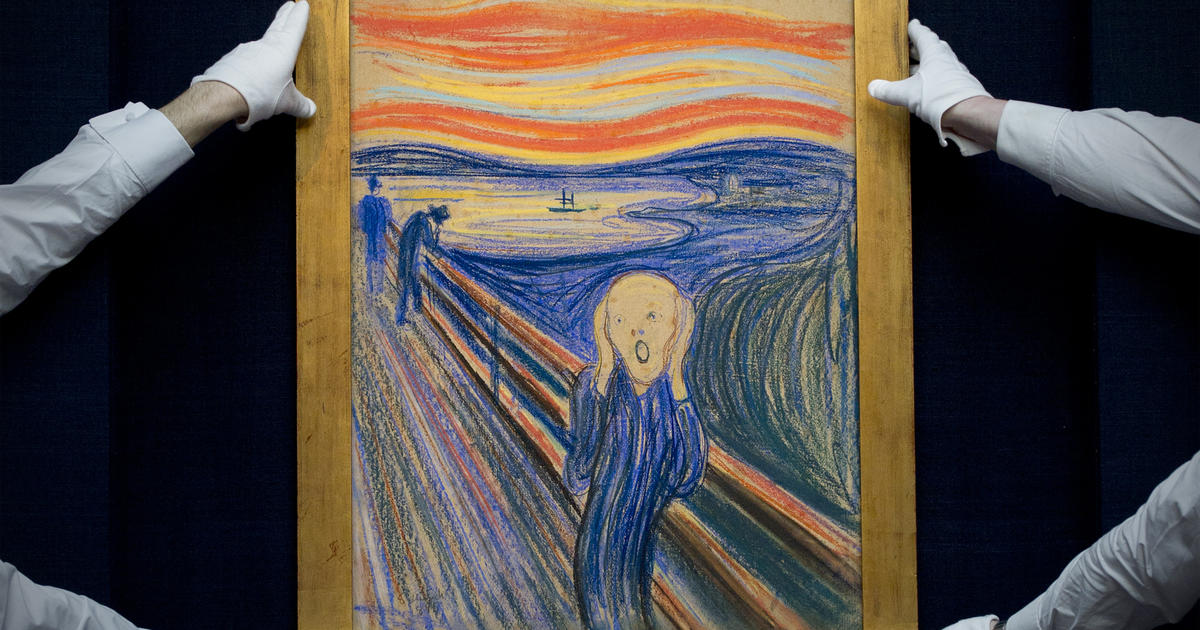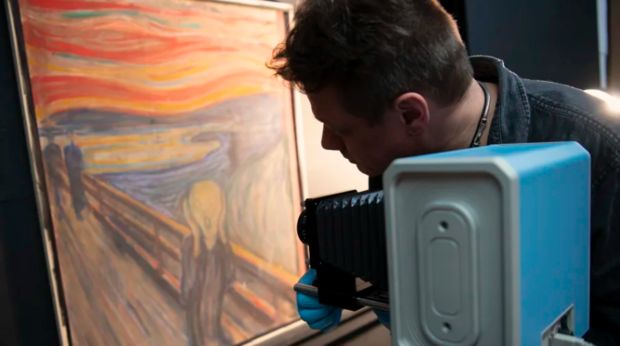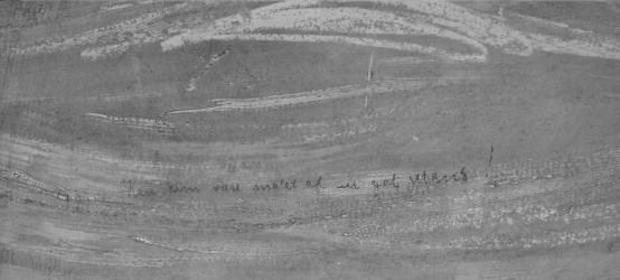Almost invisible in the upper left corner of one of the most famous paintings in the world are the words: “It could only have been painted by a madman!” For years, curators and art historians have wondered who wrote it.
After decades of debate, experts confirmed this week that the artist himself, Edvard Munch, is responsible for the inscription in his most famous work, “O Grito”.
According to the National Museum of Norway, a Danish art critic first noticed the inscription during an exhibition in Copenhagen in 1904 – thinking that a member of the public had written it as an act of vandalism.
New infrared scans, which do not impact the painting, showed that Munch left the small sentence in the corner of the painting, written in pencil after the work was already completed. The museum analyzed the calligraphy and compared it with the Munch diaries and letters of the time.
“The writing is undoubtedly Munch’s own,” said Mai Britt Guleng, curator of the National Museum. “The calligraphy itself, as well as the events that took place in 1895, when Munch first showed the painting in Norway, all point in the same direction.”
Annar Bjorgli / National Museum
The museum confirmed the origins of the inscription while the painting is undergoing extensive conservation in preparation for its installation in Oslo, Munch’s hometown, next year.
“Writing has always been visible to the naked eye, but it is very difficult to interpret,” said Thierry Ford, a conservator of paintings at the National Museum. “Through a microscope, you can see that the pencil lines are physically on top of the paint and were applied after the painting was completed.”
After “The Scream” debuted in 1895, Munch received harsh criticism, including from the artistic community, and from a medical student, Johan Scharffenberg, who questioned his mental state during a debate in which Munch was present.
Henrik Grosch, then director of the Norwegian Museum of Decorative Arts and Design, wrote that Munch’s paintings show that one can no longer “consider Munch a serious man with a normal brain”.
For years, Munch referred to the comments in his notes, clearly deeply hurt by the trials.
“The theory is that Munch wrote this after hearing Scharffenberg’s judgment on his mental health, sometime in or after 1895,” said Guleng of the inscription. “It is reasonable to assume that he did it shortly after, during or after the exhibition.”
Nasjonalmuseet / Børre Høstland
Expressionist painting is now widely celebrated in modern times, considered a lasting representation of anxiety and anguish. In his diary, Munch wrote that the painting was inspired by “a blast of melancholy”.
Munch’s father and grandfather suffered from depression and his sister was admitted to the Gaustad Psychiatric Hospital. Munch was hospitalized after a nervous breakdown in 1908.
“The inscription can be read as an ironic comment, but at the same time as an expression of the artist’s vulnerability,” said Guleng. “Writing on the finished painting shows that creating for Munch was an ongoing process.”
The painting, which is one of four, has rarely been seen since it was briefly stolen almost 20 years ago. In 2021, a pastel version sold for almost $ 120 million during a Sotheby’s auction in New York – a world record at the time.


